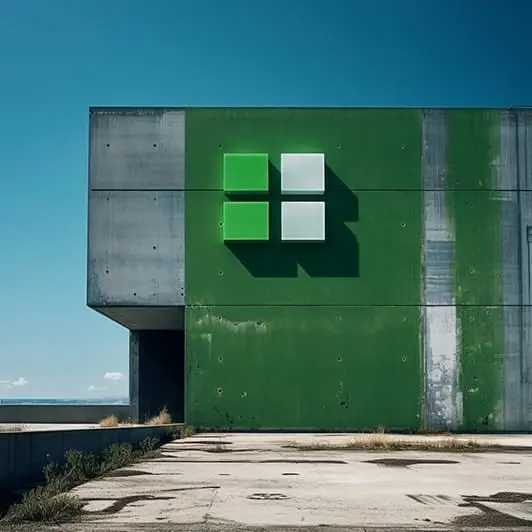As part of its commitment to be carbon negative by 2030, Microsoft is trialling cement containing microalgae-based limestone in its data centre builds.
The Issue For Microsoft
The main issue for Microsoft is that it needs to decarbonise its data centre builds by reducing the amount of ‘embodied carbon’ in the concrete used to build its data centres, thereby helping it to hit its green targets. Embodied carbon is the measure of the carbon emitted during the manufacturing, installation, maintenance, and disposal of a product or material (in this case, concrete).
The Issue With Traditional Concrete
The issue with traditional concrete is that its embodied carbon is responsible for around a massive 11 per cent of global greenhouse gas emissions!
Most of the emissions associated with concrete are the result of the key ingredient of cement being limestone. For example, traditional Portland cement is produced by quarrying limestone in large quarries and burning it at high temperatures (heating it with clay around 2,650 degrees Fahrenheit) which results in the production 2 gigatons of carbon dioxide every year! Also, Portland cement, the most popular kind of cement, uses ground (quarried) limestone. The quarrying process not only produces massive amounts of damaging greenhouse gasses, but also has a serious environmental impact. Although Portland Cement typically forms 7 to 15 per cent of a concrete mix by weight, it can contribute 80 to 95 per cent of the embodied carbon in concrete.
What Is Microalgae-Based Limestone And How Can It Help?
Microalgae-Based Limestone, often referred to as a “biogenic limestone,” is produced (in the lab) from microalgae such as coccolithophores, which has a cloudy white appearance. These microalgae produce the largest amounts of new calcium carbonate on the planet at a much faster rate than coral and do so by capturing and storing CO2 from the atmosphere in the form of calcium carbonate shells that form on their surface. By replacing the quarried limestone with this naturally produced biogenic limestone (which also stores carbon from the atmosphere) in a concrete mix, Microsoft aims to find a mix design that can lower embodied carbon in concrete by more than 50 per cent compared to traditional concrete mixes.
Pilots Under Way
With this in mind, Microsoft already has a pilot under way in Quincy (Washington) for biogenic limestone concrete mix.
Microsoft is also experimenting with a concrete mix with fly ash and slag that are activated with alkaline soda ash, and with both the alkali activated cement and biogenic limestone.
Signed An Open Letter
Amazon (AWS), Google, Meta, and Microsoft all recently released an open letter on the iMasons (Infrastructure Masons) website, which calls for action to use greener concrete in data centre infrastructure and encourage other companies to join them.
Other Investment
Microsoft’s Climate Innovation Fund, which was launched in 2020, also invests in early-stage companies engaged in work to find solutions that could cut the amount of embodied carbon in concrete and other building materials to zero.
For example, one early investment was in ‘CarbonCure,’ which deploys low carbon concrete technologies that inject captured carbon dioxide into concrete, where the CO2 immediately mineralises and is permanently embedded as nanosized rocks within the physical product. This acts both as both a carbon sink and a way to strengthen the material, enabling a reduction in the amount of carbon-intensive cement required.
What Does This Mean For Your Organisation?
Microsoft’s pursuit of greener concrete through micro-algae-produced biogenic limestone shows how its leveraging its influence partly to meet its own targets, but also for a more sustainable future. Their initiative not only aligns with their overarching objective to achieve carbon negativity by 2030, but also seems to underline a broader vision of constructing markets and technologies that facilitate the decarbonisation journey. If a way could be found to completely replace quarried limestone, the prize could be a potential reduction of 2 gigatons of carbon dioxide annually, a game changer in the global fight against climate change. Also, the mass production of microalgae not only sequesters more carbon but also promises multiple environmental benefits like improved air quality and reduced quarry-induced damage.
The prospect of seamlessly substituting biogenic for quarried limestone without compromising product quality, combined with the potential economic benefits from microalgae by-products, does sound very promising.
Drawing from insights like those of the iMasons Climate Accord, the path forward appears to need collective industry efforts, innovative research, and consistent progress measurements. If Microsoft’s pilot experiments manage to pinpoint the ideal green concrete mix, it could help revolutionise the building industry, let alone help Microsoft to decarbonise its own data centre builds. This could significantly curb greenhouse gas emissions and environmental degradation linked to cement and concrete production (which is something that’s much needed).
Pioneering efforts by Microsoft and the other big tech companies that published the open letter may not only advance their own sustainability goals but could potentially present effective and sustainable solutions for the greater good of the planet.


